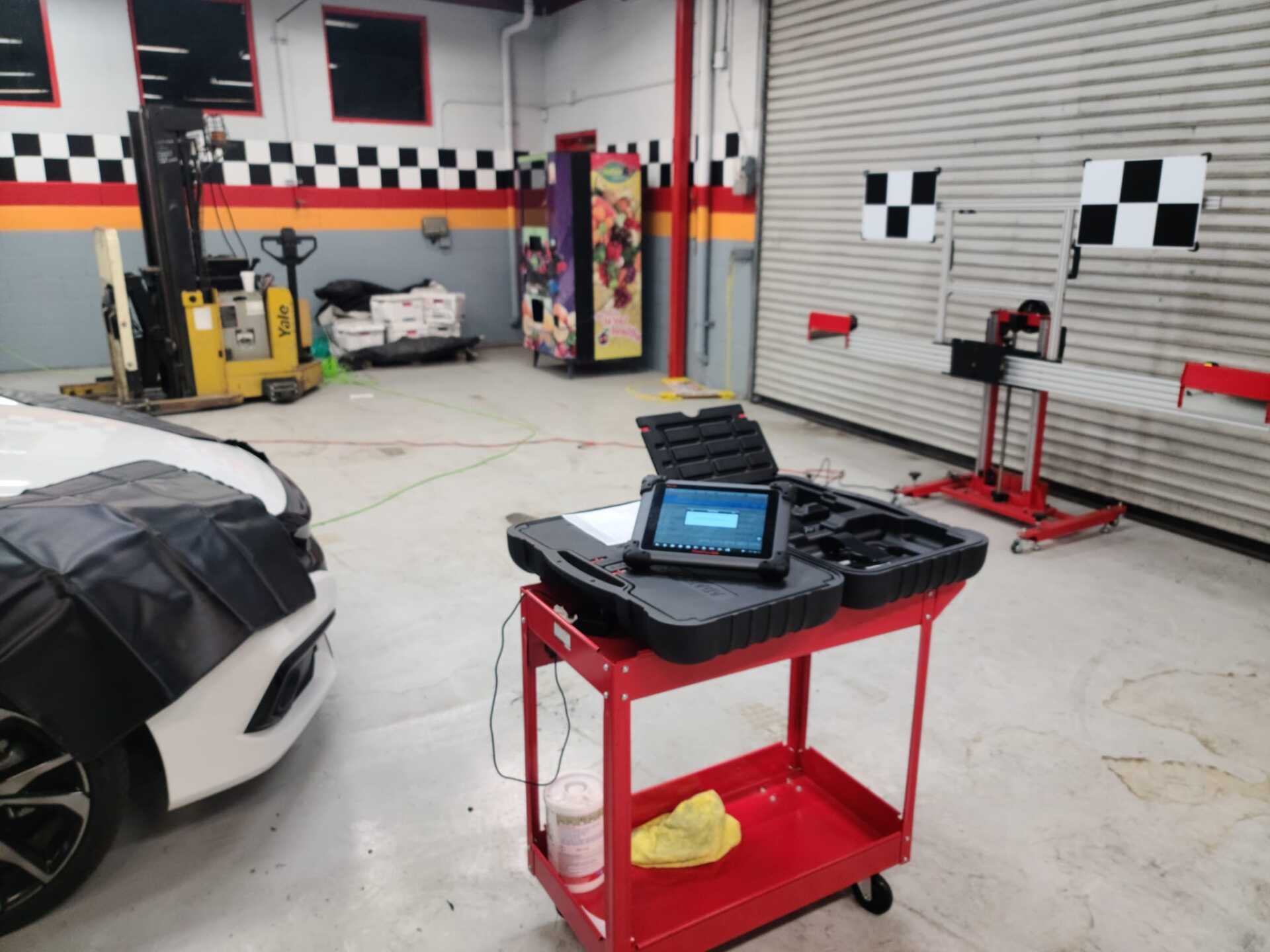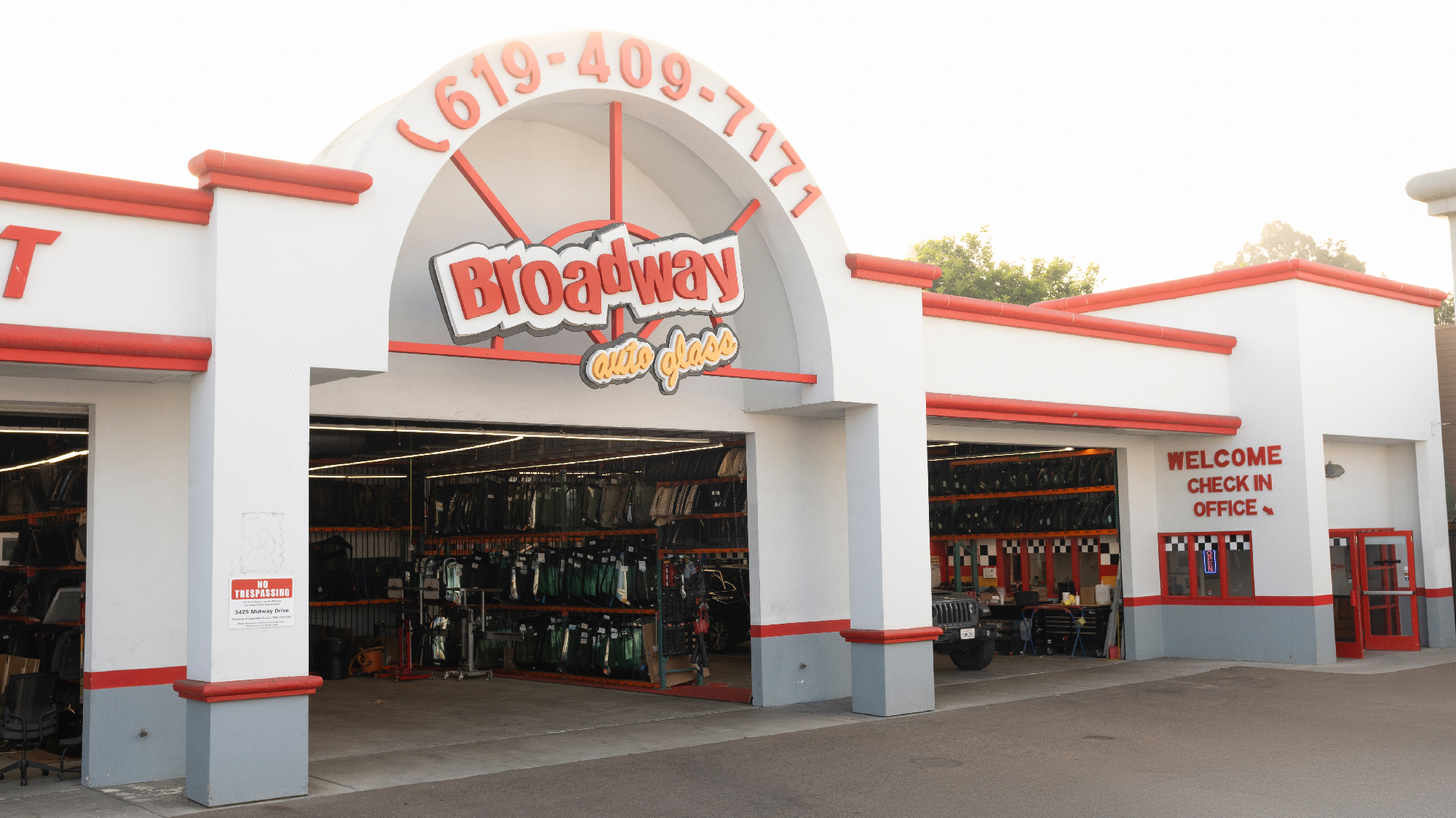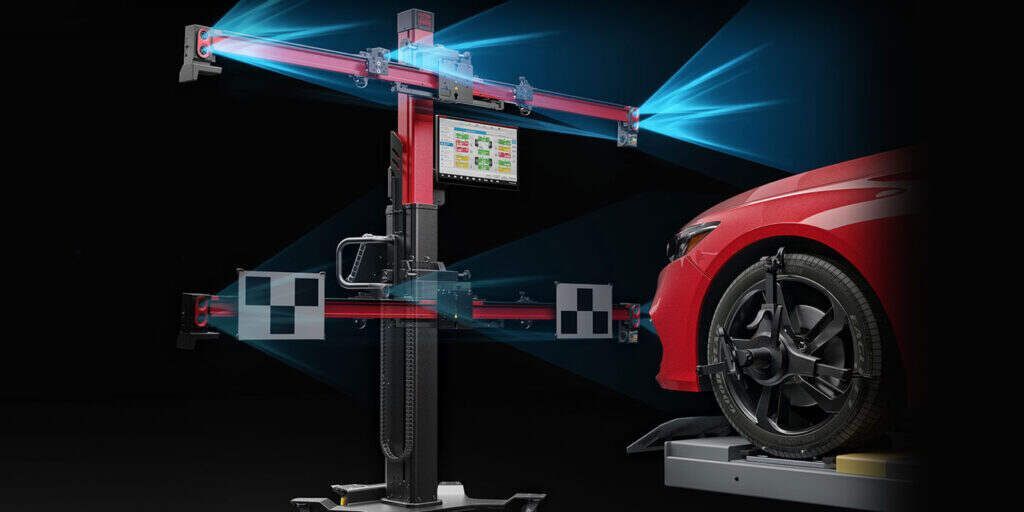
What is ADAS Calibration and Why is it Crucial for Your Safety?
As modern vehicles evolve, advanced driver assistance systems (ADAS) are becoming increasingly essential for safe driving. These systems rely on various sensors, cameras, radars, and other technologies to provide features like automatic emergency braking, lane departure warnings, adaptive cruise control, and more.
To function correctly, ADAS technology requires precise calibration, especially after events such as windshield replacements or collisions.
In this article, we’ll dive into what ADAS calibration entails, why it’s important, and how neglecting this vital service can impact your vehicle’s safety.
What is ADAS Calibration?
ADAS calibration is the process of aligning and adjusting the cameras, sensors, and radar systems within your vehicle to ensure they function correctly and provide accurate information to the car's onboard computer. The ADAS system relies heavily on visual and radar data to offer safety features that assist drivers, such as:
Lane departure warnings
Adaptive cruise control
Blind spot monitoring
Pedestrian detection
Parking assistance
When your vehicle's windshield is replaced or after a collision, the cameras and sensors can become misaligned, compromising the ADAS system’s accuracy. This is where ADAS calibration becomes necessary to ensure the sensors are reading the environment correctly.

Why is ADAS Calibration Important for Your Safety?
Your ADAS system is designed to assist in avoiding accidents and keeping you safe on the road. However, if the sensors or cameras are not calibrated properly, the system could malfunction or provide inaccurate information, putting you and others at risk. Below are several reasons why ADAS calibration is crucial for your safety.
1. Accurate Lane Departure Warnings:
Lane departure warnings rely on cameras that monitor the lines on the road. If the camera is even slightly misaligned, it may not correctly recognize the lanes, leading to false warnings or, worse, failing to warn you when drifting out of a lane. A correctly calibrated ADAS system ensures that you receive accurate warnings, helping you stay within your lane and avoid collisions.
2. Effective Automatic Emergency Braking
Automatic emergency braking (AEB) uses radar and cameras to detect objects in front of your vehicle, applying the brakes automatically if a collision seems imminent. A miscalibrated ADAS system may fail to detect obstacles in time or brake too late, resulting in an avoidable accident. Calibration ensures the system reacts promptly, enhancing your ability to avoid collisions.
3. Proper Functioning of Adaptive Cruise Control
Adaptive cruise control adjusts your vehicle's speed based on the distance to the car ahead of you. This feature uses sensors to maintain a safe following distance. If those sensors aren’t calibrated, your car could follow too closely or apply the brakes unnecessarily. Proper ADAS calibration ensures that your adaptive cruise control works efficiently and safely.
4. Optimal Performance of Blind Spot Monitoring
Blind spot monitoring systems rely on sensors to detect vehicles in adjacent lanes. If these sensors are out of alignment, the system could either miss a vehicle in your blind spot or give you a false alert. Proper ADAS calibration ensures your blind spot monitoring system functions accurately, helping you avoid dangerous lane changes.

When is ADAS Calibration Necessary?
Several events can affect the alignment of your vehicle's ADAS sensors and cameras, making calibration necessary. Here are the most common scenarios when you should consider ADAS calibration:
1. Windshield Replacement
Windshields often have cameras and sensors mounted near the rearview mirror. After a windshield replacement, these cameras need to be realigned through calibration to ensure they are positioned correctly for ADAS systems to function as intended.
2. Collision or Accident Repairs
After a collision, even if it seems minor, the impact can shift the sensors or cameras, affecting their accuracy. Any repairs involving your vehicle’s front end or alignment may also impact the ADAS system, making recalibration essential.
3. Suspension or Tire Changes
Changing the height of your vehicle through suspension work or tire replacements can also affect the alignment of ADAS sensors. Any modifications to your vehicle’s suspension or tires may require recalibration to maintain optimal performance.
4. Alignment Adjustments
Adjustments to your vehicle's alignment can alter the angle of your ADAS sensors and cameras. To ensure the system continues to function correctly after an alignment change, ADAS calibration is necessary.
Types of ADAS Calibration
There are two primary types of ADAS calibration: static and dynamic. The type required for your vehicle depends on the manufacturer and the type of sensors involved.
1. Static ADAS Calibration
Static calibration takes place in a controlled environment, often inside a specialized workshop. During this process, the vehicle is positioned in front of specific targets or patterns to calibrate the sensors. This process requires high precision and is usually completed using specialized equipment.
2. Dynamic ADAS Calibration
Dynamic calibration requires driving the vehicle on the road under specific conditions. The vehicle's sensors recalibrate themselves while in motion, adjusting based on real-time data from the road and surrounding environment. This type of calibration is often performed by certified technicians who are trained in operating the system's diagnostic tools.
Consequences of Skipping ADAS Calibration
kipping ADAS calibration after necessary events like windshield replacement or collision repairs can lead to several safety risks. Here are some potential consequences:
1. Inaccurate Warnings
If your ADAS system isn’t calibrated correctly, it may give you inaccurate warnings. For example, your lane departure warning might go off unnecessarily, or it might fail to alert you when you’re actually drifting out of your lane.
2. Increased Risk of Accidents
Without proper calibration, crucial safety features like automatic emergency braking or adaptive cruise control may not function as they should, increasing the risk of collisions.
3. Legal and Insurance Implications
Many insurance companies now require proper ADAS calibration after repairs or windshield replacements to cover claims. Failing to get your system calibrated could leave you financially liable for an accident.
4. Reduced Resale Value
A vehicle with improperly functioning ADAS features may have a lower resale value. Prospective buyers may be hesitant to purchase a car if its safety features are not in optimal working condition.
ADAS Calibration at Broadway Auto Glass

At Broadway Auto Glass, we specialize in ADAS calibration services to keep your vehicle’s advanced safety features functioning accurately. Our team of certified technicians uses the latest technology to ensure your vehicle’s cameras, sensors, and radars are aligned and calibrated to perfection.
When you bring your car to us for ADAS calibration, you can expect:
Precision and Expertise: Our technicians are trained in the latest ADAS calibration techniques, ensuring your system is aligned for optimal performance.
Quick and Reliable Service: We understand that your time is valuable. That’s why we offer fast, efficient calibration services without compromising on quality.
State-of-the-Art Equipment: We use cutting-edge calibration tools to ensure accuracy, giving you peace of mind knowing your vehicle is safe to drive.
Conclusion: Stay Safe with Proper ADAS Calibration
In today's world, ADAS technology plays a vital role in keeping you safe on the road. However, to ensure these advanced systems work as intended, proper calibration is essential. Whether you're replacing a windshield, fixing your suspension, or recovering from a collision, make sure to have your ADAS system calibrated by trusted professionals like Broadway Auto Glass. Your safety depends on it.
For expert ADAS calibration services, call us at (619) 409-7171 today!
